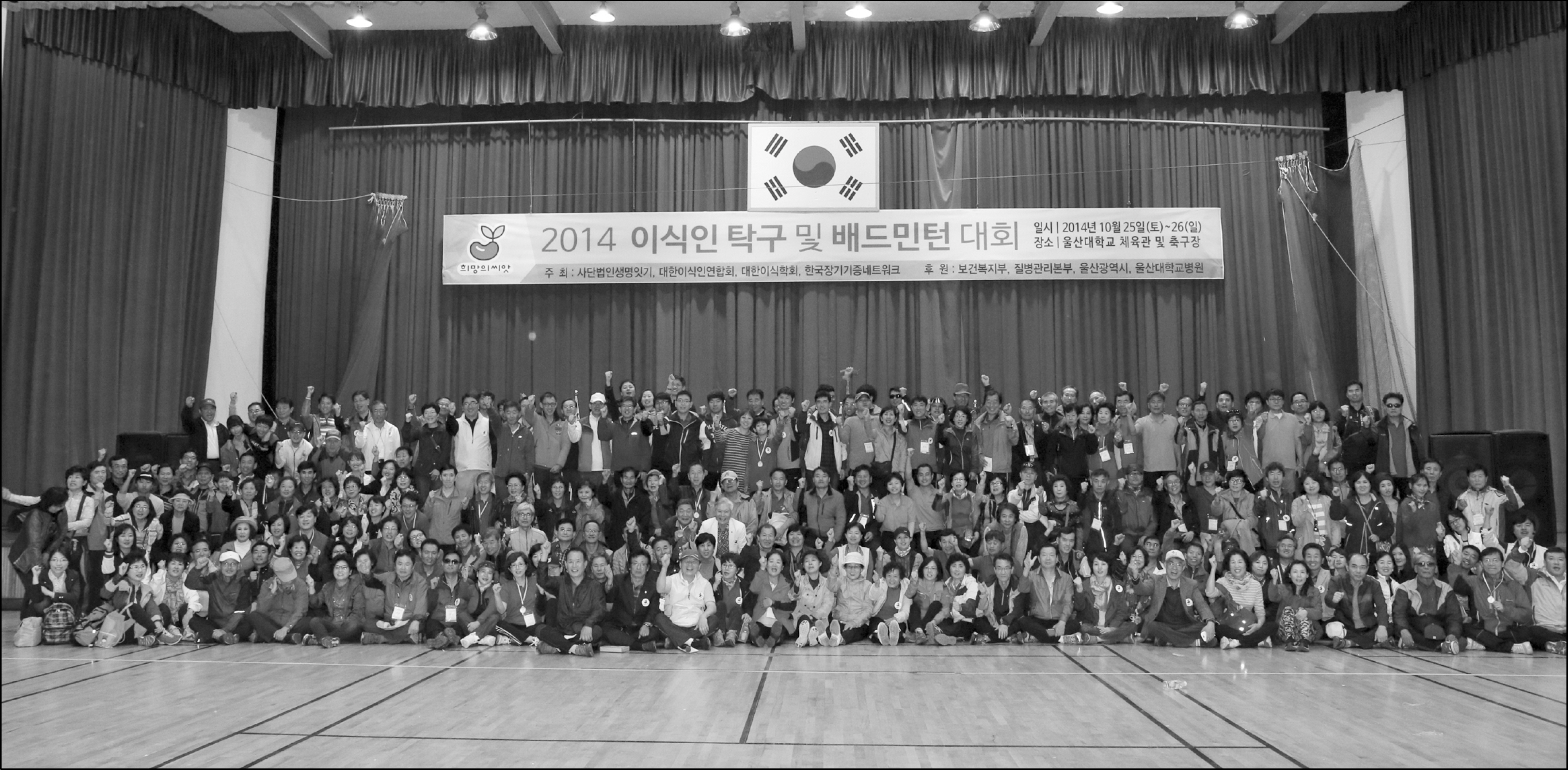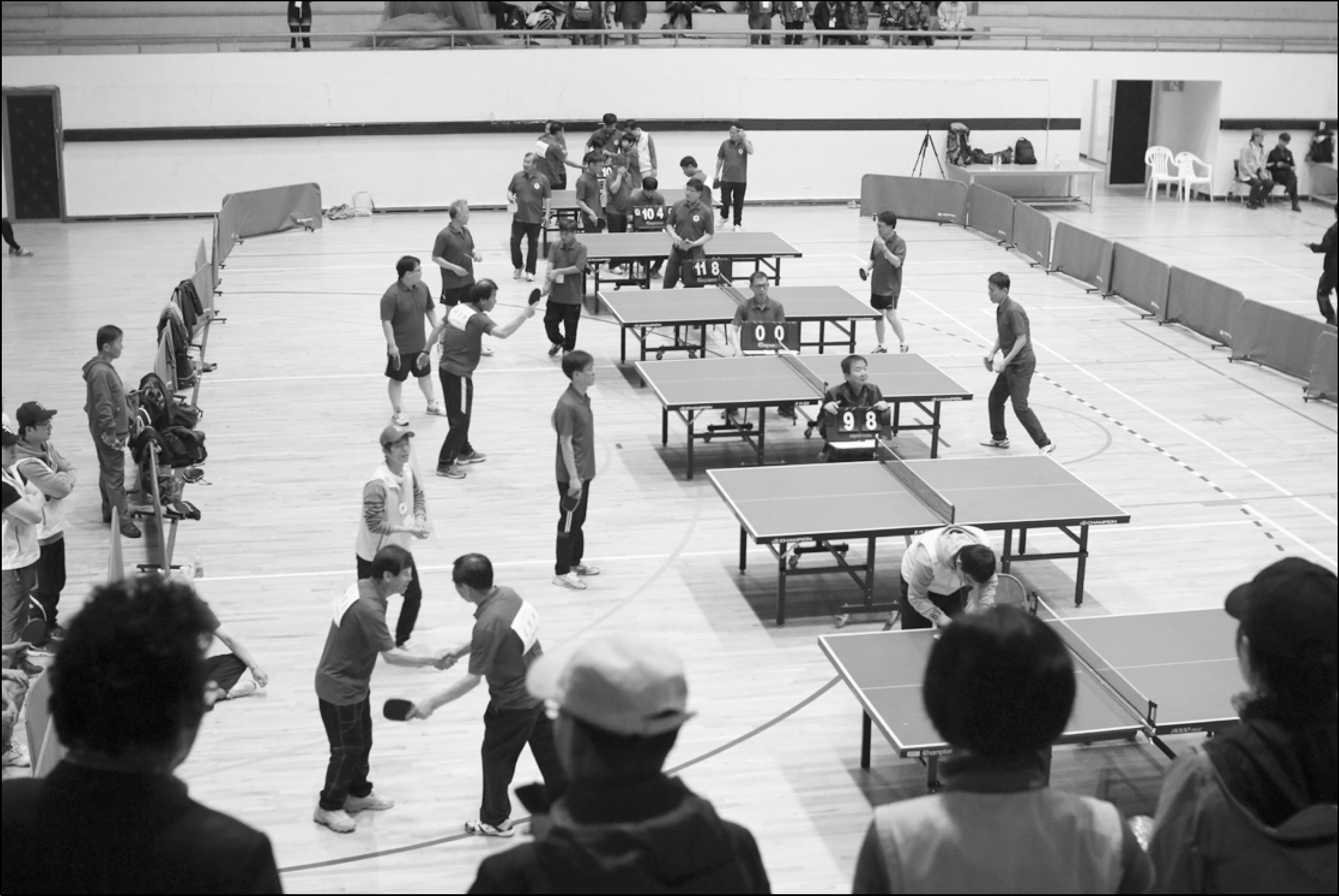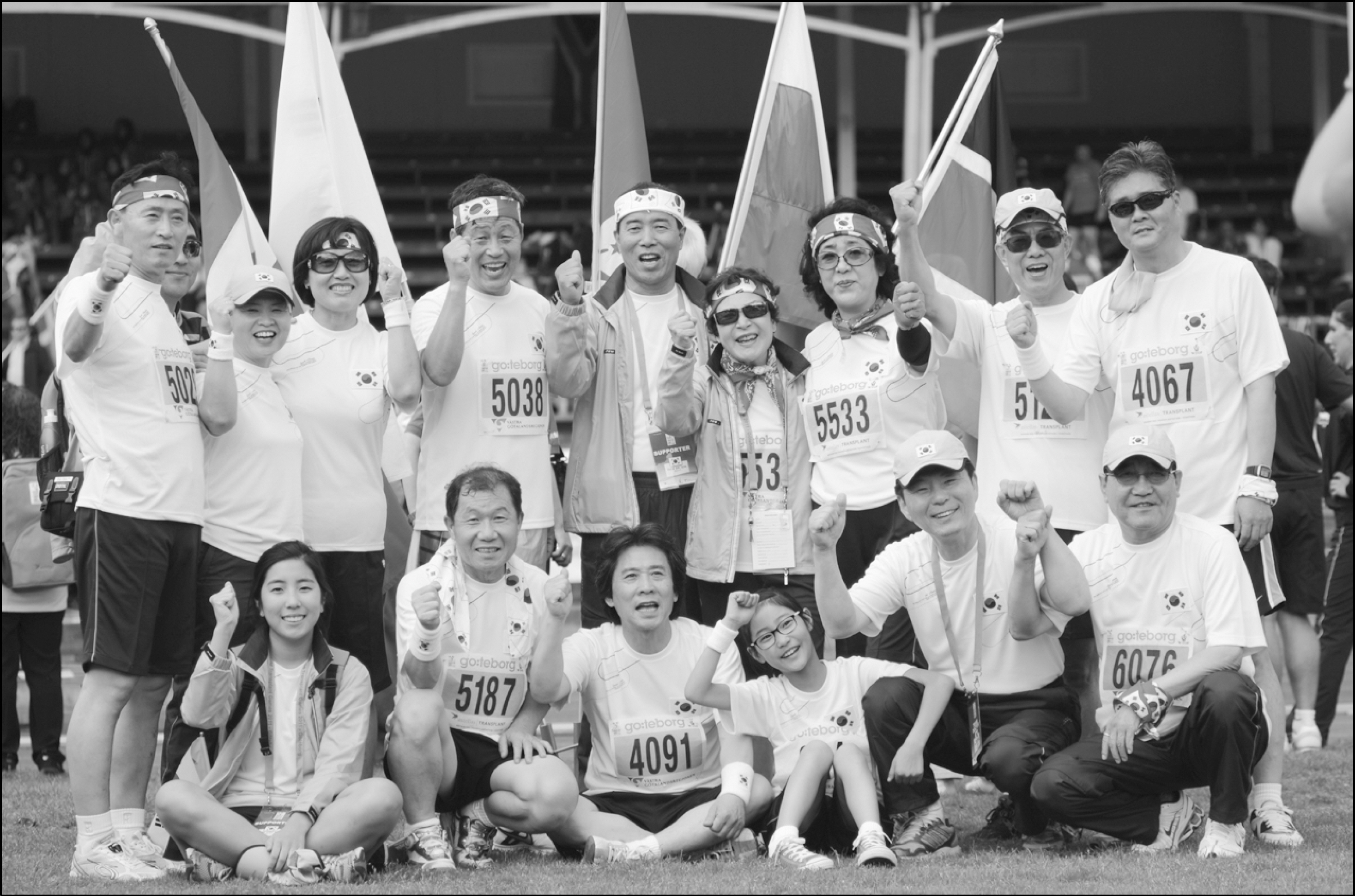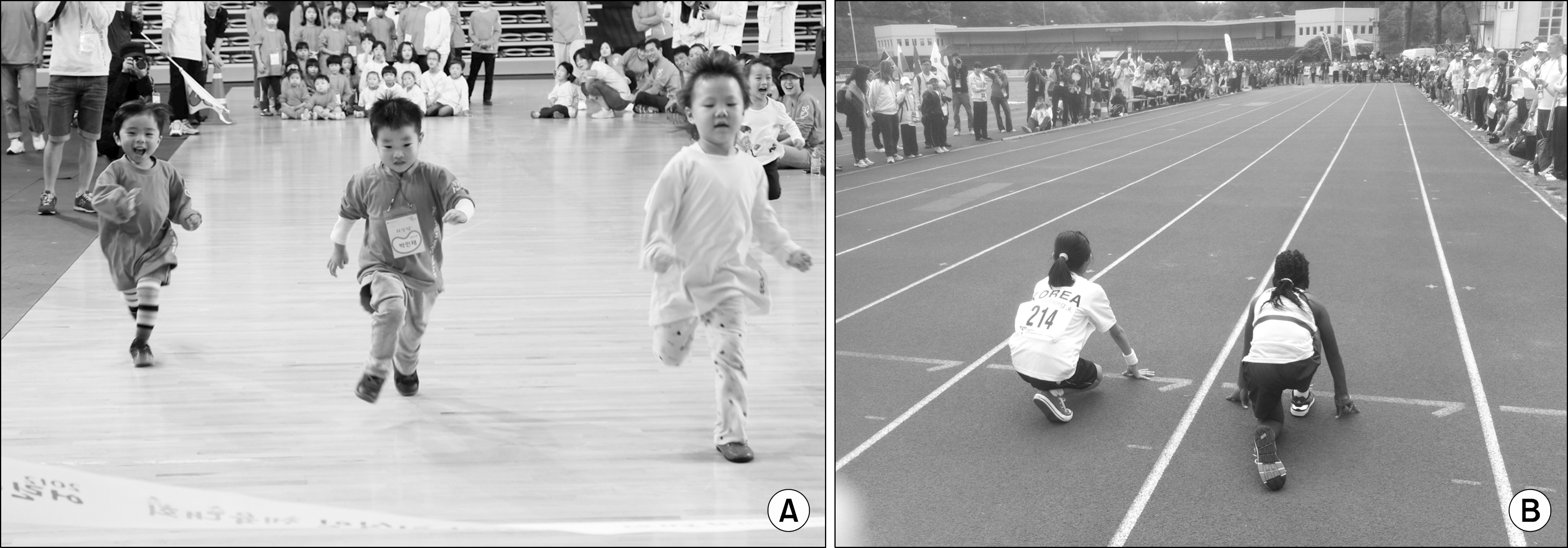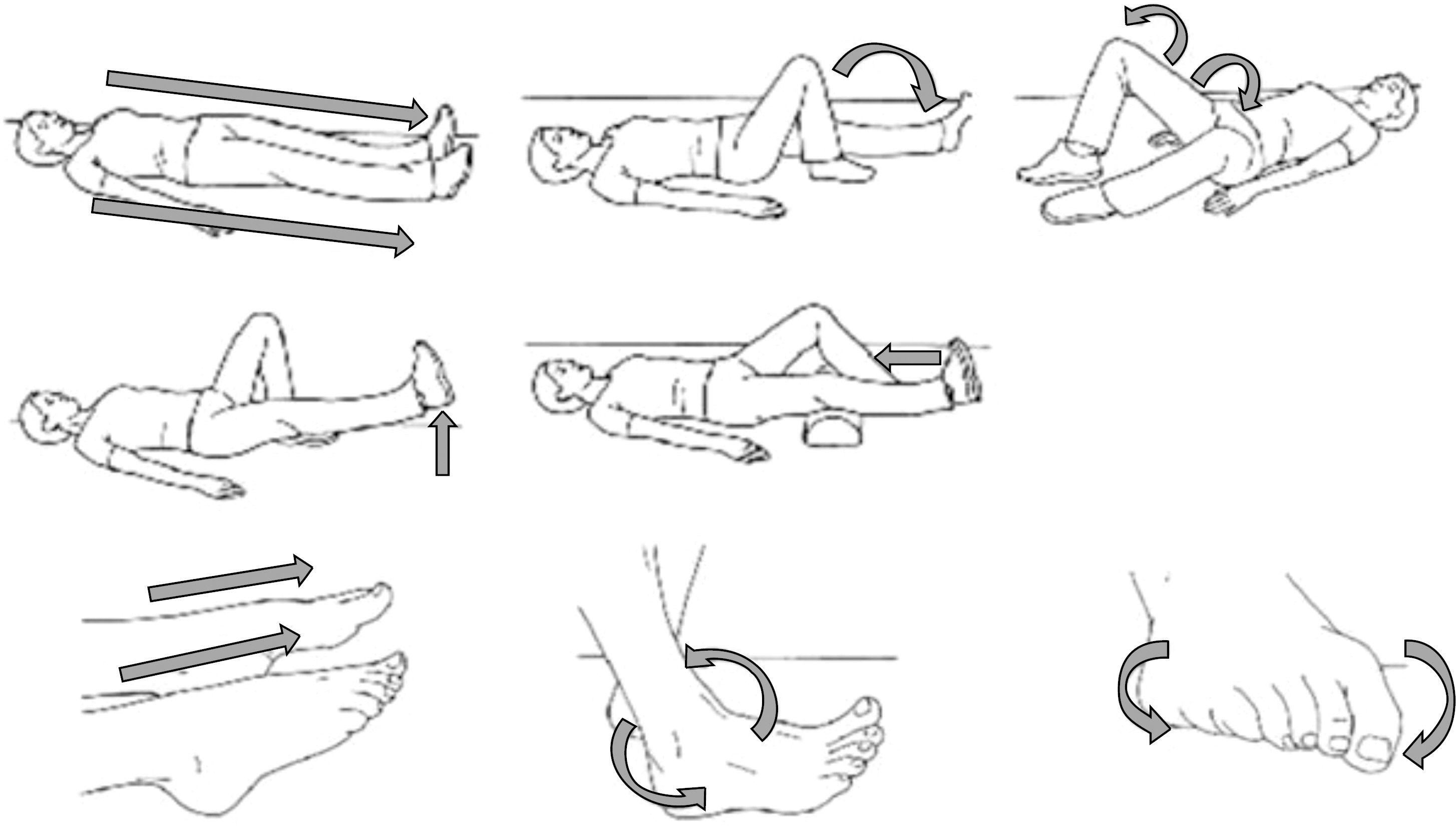J Korean Soc Transplant.
2017 Mar;31(1):6-15. 10.4285/jkstn.2017.31.1.6.
Rehabilitation of Transplantee and Transplant Games
- Affiliations
-
- 1Department of Surgery, Keimyung University School of Medicine, Daegu, Korea. wh51cho@gmail.com
- 2Vitallink, Seoul, Korea.
- 3Department of Medicine, Keimyung University School of Medicine, Daegu, Korea.
- 4Department of Surgery, Konkuk University School of Medicine, Seoul, Korea.
- 5Department of Surgery, Yonsei University College of Medicine, Seoul, Korea.
- 6Department of Medicine, Seoul National University College of Medicine, Seoul, Korea.
- KMID: 2375675
- DOI: http://doi.org/10.4285/jkstn.2017.31.1.6
Abstract
- Many transplant recipients believe that exercise or physical activity after transplantation will have adverse effects on the body and the grafted organ, and even more, some of them believe that the grafted organ will tear off from the vascular bed inside of the abdominal cavity. As a result, many recipients are isolated from social life even after successful recovery of the grafted organ function. However, rehabilitation by physical exercise and activity is essential to return to normal social life. In 1978, a transplantee's sport game known as the Transplant Olympics, which later changed to the World Transplant Games, was started to improve the quality of life and develop friendships between transplant recipients globally. This event promotes improvement of recipient's life quality while delivering an important message to the public. This is because by engaging in sports activities, transplantees can show their healthy life after transplantation to the public. This can also improve self-esteem of the family of organ donors and allow them to verify that their decision to donate was not in vain. Additionally, the public can realize the benefits of transplantation and necessity for organ donation. Finally, the early return to social life and normal family life after transplantation will also reduce the national budget for health insurance. Although sports clubs are located in all transplant centers in Korea, no continuous athletic meetings or transplant sport organization exist nationwide. This problem is exacerbated by the lack of concern that transplant physicians and surgeons show toward recipients' physical activity and exercise. Therefore, in this study, we reviewed the significance of physical activity after transplantation and describe the world transplant games and domestic games to enable development of a recipient rehabilitation plan.
Keyword
MeSH Terms
Figure
Reference
-
1). Painter P., Hanson P., Messer-Rehak D., Zimmerman SW., Glass NR. Exercise tolerance changes following renal transplantation. Am J Kidney Dis. 1987. 10:452–6.
Article2). Kouidi E., Vergoulas G., Anifanti M., Deligiannis A. A randomized controlled trial of exercise training on cardiovascular and autonomic function among renal transplant recipients. Nephrol Dial Transplant. 2013. 28:1294–305.
Article3). Didsbury M., McGee RG., Tong A., Craig JC., Chapman JR., Chadban S, et al. Exercise training in solid organ transplant recipients: a systematic review and meta-analysis. Transplantation. 2013. 95:679–87.4). Johansen KL. Exercise in the end stage renal disease population. J Am Soc Nephrol. 2007. 18:1845–54.5). Heiwe S., Jacobson SH. Exercise training in adults with CKD: a systematic review and meta-analysis. Am J Kidney Dis. 2014. 64:383–93.
Article6). Topp KS., Painter PL., Walcott S., Krasnoff JB., Adey D., Sakkas GK, et al. Alterations in skeletal muscle structure are minimized with steroid withdrawal after renal transplantation. Transplantation. 2003. 76:667–73.7). World Transplant Games Federation (WTGF). WTGF manifesto [Internet]. Winchester: WTGF;2016. Available from:. http://www.wtgf.org.8). World Transplant Games Federation (WTGF). About-fit-for-life [Internet]. Winchester: WTGF;2016. Available from:. http://www.wtgf.org/about-fit-for-life.9). Green R. The Nicholas effect: a boy's gift to the world. Sebastopol, CA: O'Reilly;1999.10). Marzolini S., Grace SL., Brooks D., Corbett D., Mathur S., Bertelink R, et al. Time-to-referral, use, and efficacy of cardiac rehabilitation after heart transplantation. Transplantation. 2015. 99:594–601.
Article11). American Association of Cardiovascular and Pulmonary Rehabilitation (AACPR). Promoting health and preventing diseases [Internet]. Chicago: AACPR;2016. Available from:. http://www.aacvpr.org.
- Full Text Links
- Actions
-
Cited
- CITED
-
- Close
- Share
- Similar articles
-
- Card and board game design for medical education: length and complexity considerations
- The Changes of Corneal and Ocular High-Order Aberrations before and after Playing Computer Games
- Correlates of Body Mass Index, Perceived Health Status, and the Needs of Functional Games for the Elderly in Korea
- Rehabilitation for social reintegration in liver transplant patients
- Effect of Robot-Assisted Game Training on Upper Extremity Function in Stroke Patients

